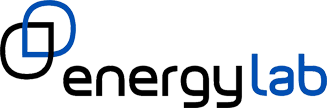Research in the field of green hydrogen generation through electrochemical processes using different technologies for its production.
- Analysis in the construction, characterization and optimization of materials for low temperature electrolyzers (AEM/PEM) improving composite ion exchange membranes, improving electrodes and reducing the Balance of Plant (BOP).
- Study of high temperature solid oxide electrolyzers (SOEC). Production, microstructural, textural and electrochemical characterization of complex ceramics used in energy applications.


